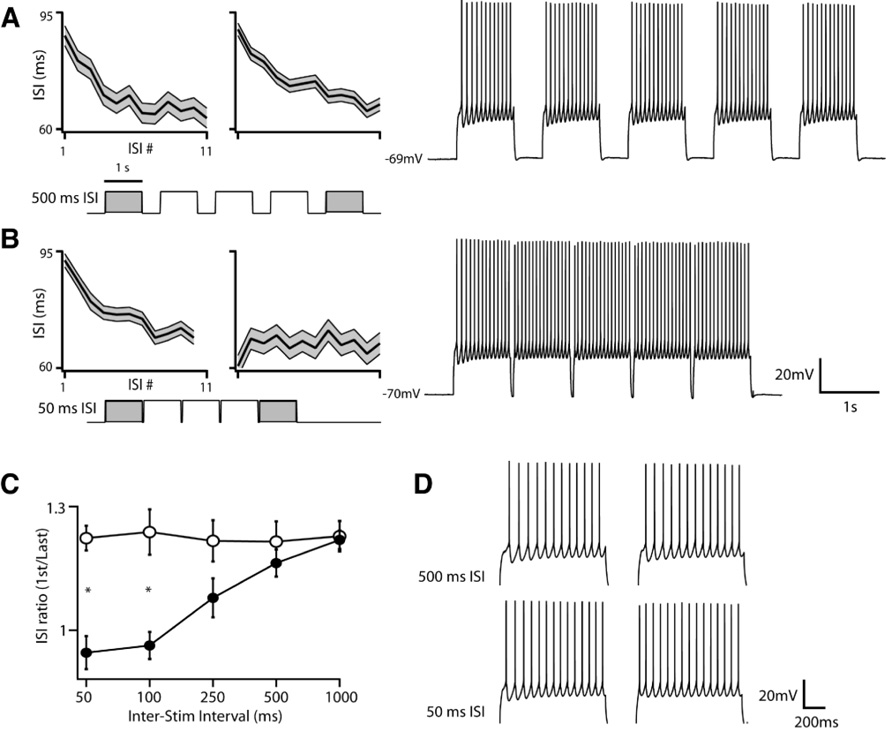Figure 7. ID inactivation kinetics confer a form of intrinsic short-term memory on M1 PT-projecting layer 5 pyramidal cells.
The presence and inactivation kinetics of a DTX-sensitive current in M1 PT-projecting cells renders their firing type sensitive to recent depolarization. Stimuli preceded by hyperpolarized epochs elicit accelerating spike trains whereas stimuli that arrive within 250ms of a depolarizing stimulus elicit non-adapting spike trains. A. Interspike-interval (ISI) curves (left) computed from the first and fifth epochs of 1s stimuli delivered 500ms apart, and an example spike train (right) generated by the same stimulus. Note that cells discharge accelerating spike trains for both the first and last stimuli. B. ISI curves and a spike train acquired from the same cells as in A but with stimuli separated by 50ms. Note that while the first stimulus elicits an accelerating spike train, the response to the fifth stimulus is non-adapting, and that the membrane potential returns to −70mV between stimuli. C. Adaptation (expressed as the ratio of the 2nd to last ISI) as a function of inter-stimulus interval. Open circles indicate the ISI ratio in response to the first stimulus and closed circles indicate responses to the fifth. Differences in spike-frequency acceleration between the first and last stimuli are statistically significant (p < 0.01, n=5) at inter-stimulus intervals shorter than 250ms, indicating that the firing type of PT-projecting pyramidal cells in M1 is highly sensitive to recent activity. D. Spiking responses to individual first and last stimuli at 500 (top) and 50ms (bottom) ISI at an expanded time scale.

